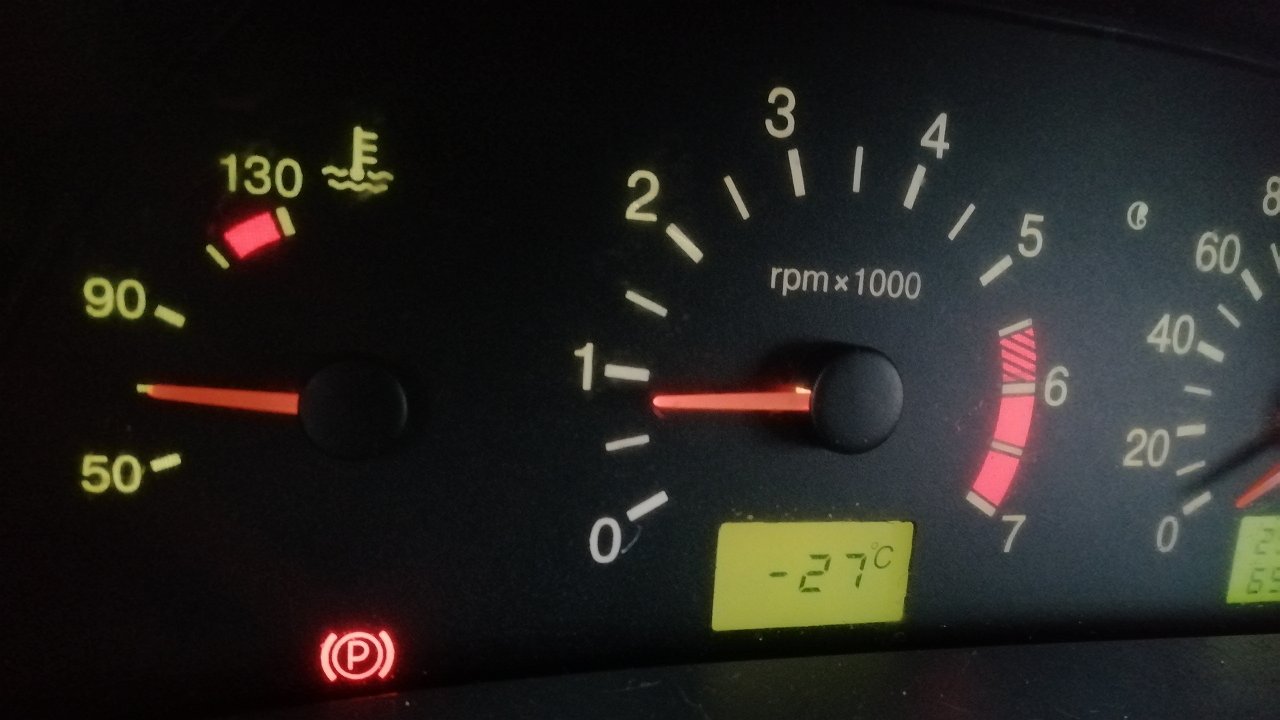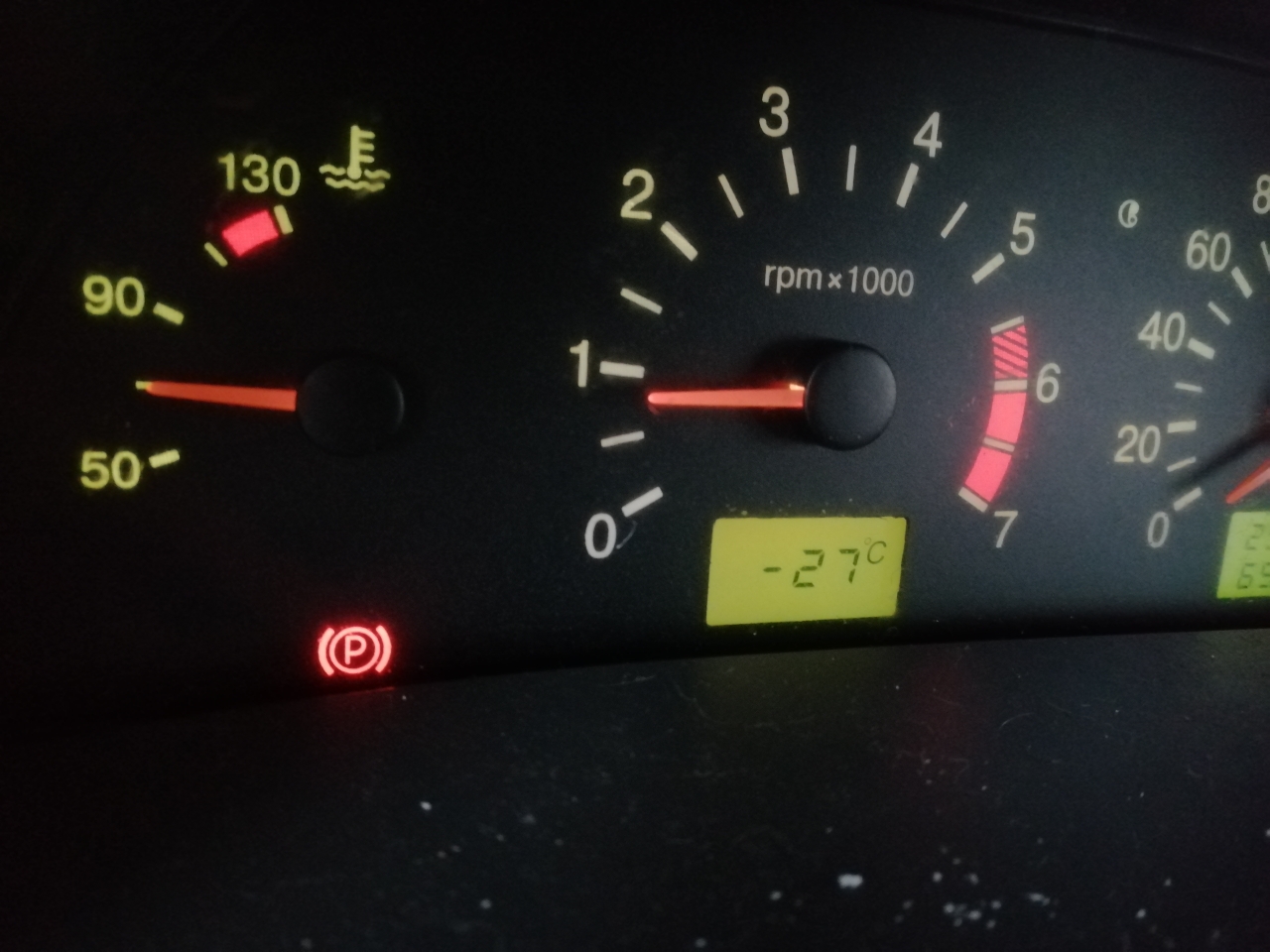So, on an icy day, a motorist goes to warm up his “swallow”. He carefully brushes the snow off the door, opens it, gets behind the wheel and starts the engine. Then, slowly, while the car is warming up, he takes a brush and brushes the snow away from the body. After making sure the engine has warmed up to operating temperature, he turns it off and heads home with a sense of satisfaction. Satisfied that I did not stagnate the piston and strengthened the battery.
However, often the opposite effect is achieved, even to the point of overhauling the engine. After all, strangely enough, in winter, especially with severe frost, it is not worth warming up the vehicle or making short trips. After all, in the end you can have serious problems with the lubricant, which, having lost all its properties, can kill the power unit.
The fact is that as a result of the described actions, condensation forms in the upper pipes of the crankcase ventilation system. During the warm-up itself, nothing terrible happens, but after reaching operating temperature and then stopping the engine, something terrible begins to happen. Due to the temperature difference, moisture forms on the walls of the pipes.
And if you let it run like that for 10 minutes, not all the liquid has time to evaporate. And after settling in the block head and on all related elements, it mixes with oil and forms an emulsion instead of a working lubricant. That will eventually do its job and condemn the engine to a rebuild. Of course, nothing happens just once, but systematically ‘winding’ the car does its job.
To avoid getting into trouble, experts recommend not touching the car in severe frost. Let her stand quietly, nothing bad will happen to her. And if you’re really itchy, it’s worth warming it up for at least 30 minutes if you have gasoline, and at least 45 minutes if you have diesel. This way you reassure yourself and preserve the life of the engine.














